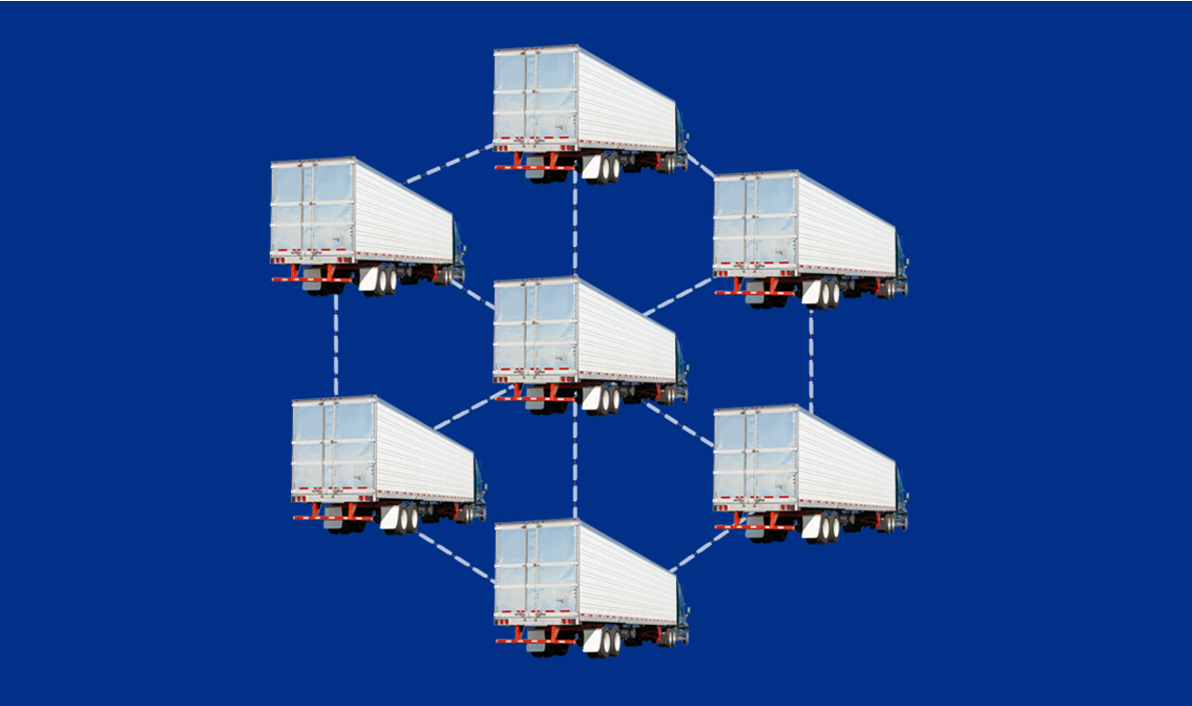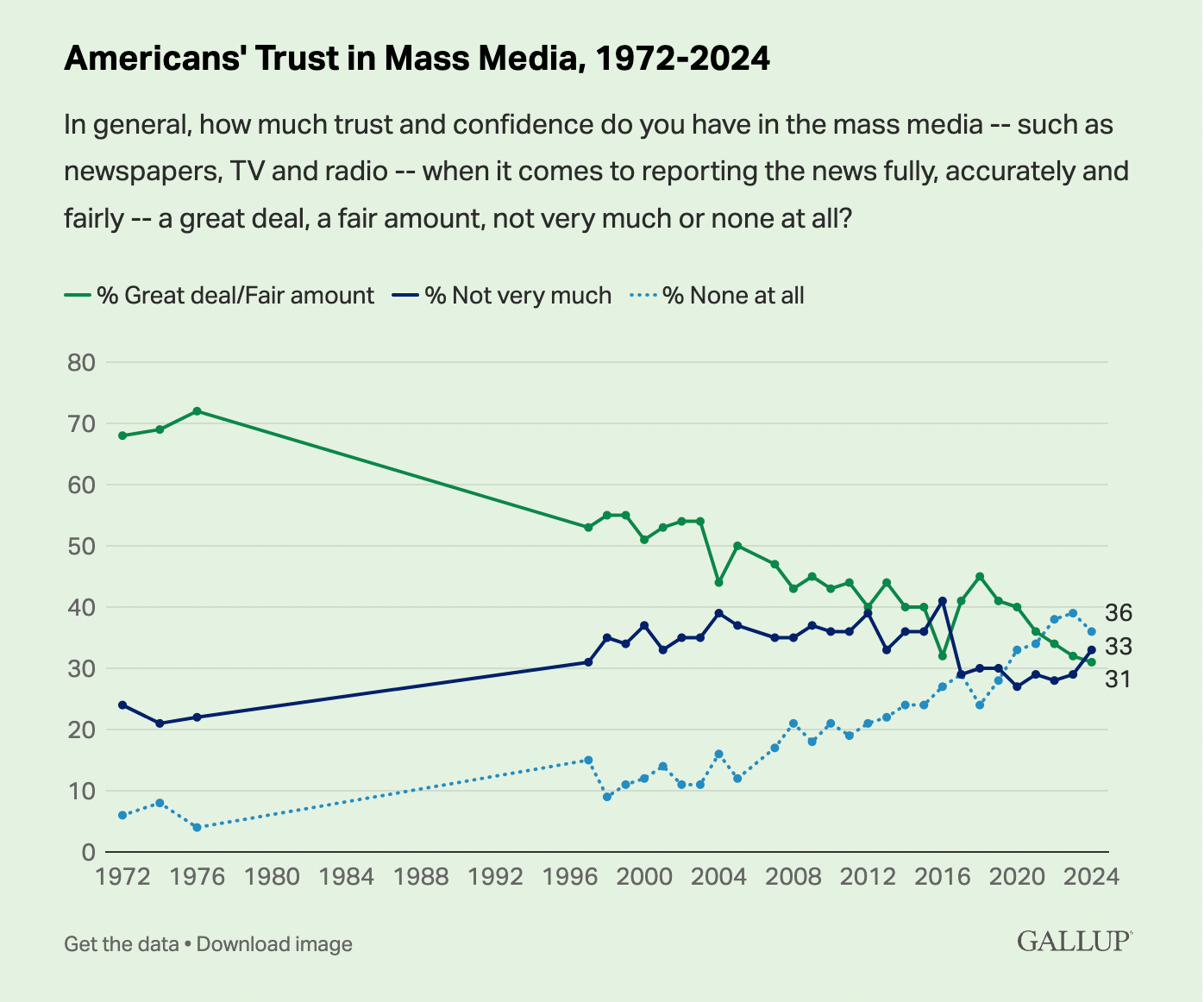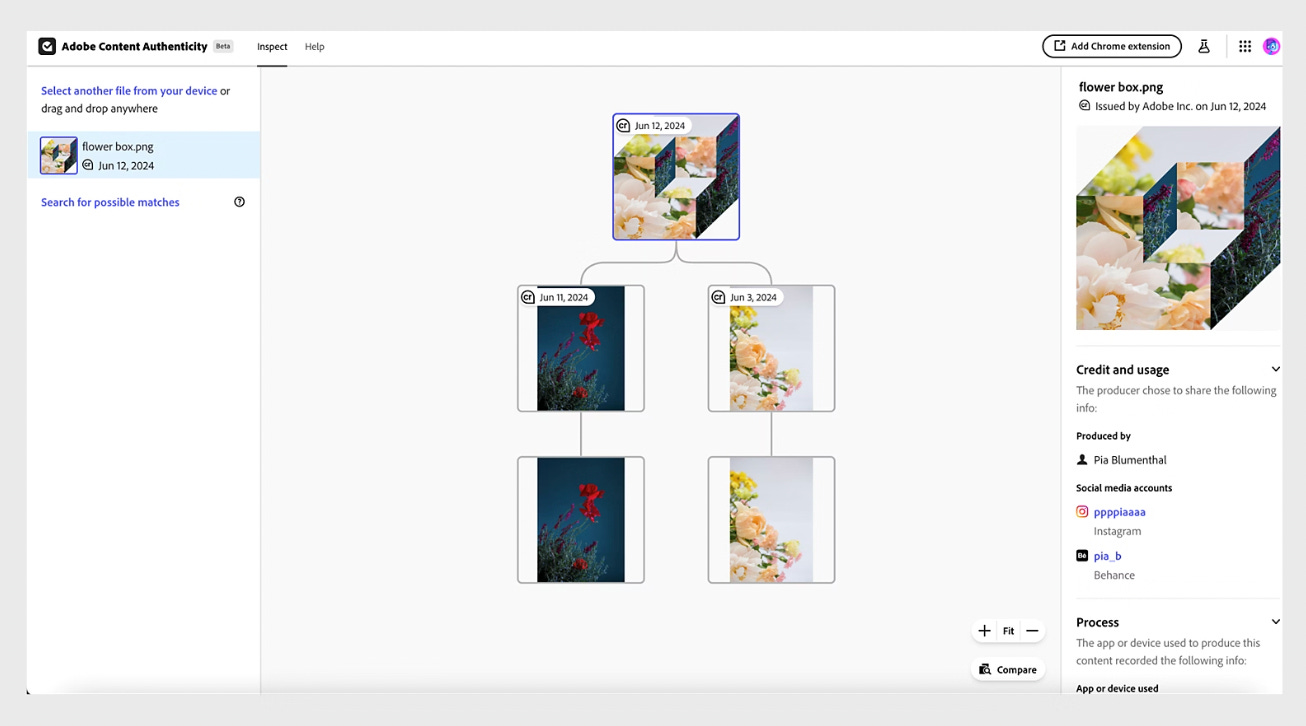How Blockchain Technologies are Revolutionizing Industries
How the future of media and technologies might lie in the vocal point of a digital revolution
Sometimes I feel like my phone is listening to me. Like when I talk to my friends about something, and then that specific thing comes up as a social media advertisement.
Imagine a world where you can own your online data, and the media does not own your specific metadata, what you like/dislike, on your devices. A future where the power is back to the user might be closer than we think.
The future of the internet, Web3, is rising alongside the growth of AI technologies as a way to decentralize media, gain back ownership to users, work within peer-to-peer online interactions and transactions, and create a more transparent and open network of information built on blockchain technologies. Every blockchain is essentially an open network where anyone can connect, join, and participate in the network without needing permission from a central authority or entity, like Google and Ethereum.
What is a blockchain, though?
A blockchain is essentially an open ledger that can record transactions in a way that is transparent to the viewer of where the information and money are sent. All of these ledgers are built into a conglomerate node, which is a system of computers that stores these transactions cryptographically. To explain it even further, it’s like a timeline of all of your transactions stored electronically, and there is no central authority that owns the data. It just exists in full access, like the information on the internet, fully accessible.
“Blockchain networks combine the societal benefits of protocol networks with the competitive advantages of corporate networks. Software developers get open access, creators get direct relationships with their audiences, fees are guaranteed to stay low, and users get valuable economic and governance rights,” (Read Write Own: Building the Next Era of the Internet by Chris Dixon). What makes blockchain networks so special is that they are programmed to combine open networks that anyone has access to (protocol networks) with networks that organizations own (corporate networks). Companies can use the blockchain network by using a private blockchain, offering access to authorized members only, but still having that protocol side where no single central authority owns the network.
Why blockchain, though? Why should companies want to adopt a private blockchain for their company? Will it become an industry standard?
“More than 80% of the world's 100 largest publicly traded companies currently use blockchain technology, according to a survey by market research platform Blockdata,” (Cryptonary).
Industry leaders such as Amazon, PayPal, Microsoft, and even Walmart realize the features of blockchain can be the future of their companies
Image Courtesy: HBR Staff/ryasick/Getty Images
Walmart Canada’s organization was dealing with massive internal problems when it came to data discrepancies in payment invoices for freight carriers, causing massive delays in shipping. Walmart Canada decided to invest in blockchain technologies to automate a system, “for managing invoices from and payments to its 70 third-party freight carriers,” (HBR.org).
Amazon invested in blockchain in its Amazon Web Services to secure digital identity of users and to assist with data sharing. Paypal uses the blockchain to efficiently transfer over transactions in a quicker manner as well as protect customer data.
Although originating with the task to record cryptocurrencies and transactions across units,
blockchain technologies is widening, and can even help the media in verification and fact-checking
Image Courtesy: Gallup
According to Gallup Polls, America's trust in Mass Media is at an all time low of 31%. This is because of the realm of disinformation, deep fakes in AI, misinformation, and fake news that the era of Web2 has brought around with the amount of ways news can be consumed. What Web3 technologies offer, is a solution to combating the issue of distrust in the media.
According to the Harvard Business Review, “Publications can use blockchain to create a registry of all the images they’ve published, making information such as captions, locations, consent to be photographed, copyright ownership, and other metadata verifiable by anyone.” By tracking and verifying sources, Web3 blockchains can track the origins of any photo, article, video, or quote, to directly verify the source from which it came or if AI was used in the media.
Image Courtesy: Adobe Creative Cloud
An example of a media site using the technology is Adobe Content Authenticity. Adobe’s Inspect tool allows you to drag any file or clip from any media to see if the content has content credentials and if generative AI was used in the process.
Now, that being said, you can’t JUST rely on blockchain to become a fact-checker in the media. I spoke with CBS News Philadelphia Reporter, Eva Anderson, who had this to say about full online verification and fact-checking:
“I’m not going to say that we can’t get there, but until we get to the point where we feel comfortable saying, Hey, I will put it this way until we reach a point where AI has proven beyond a reasonable margin of error that they’re able to verify, then we can’t do it.”
The best way to go about combining online verification is to combine not just human verification (which is still necessary, in my opinion, to any news story) but blockchain verification with a system where it is a two-step identification process.
Unlike remnants of early stages of Web1, Web2 brought in hundreds of thousands of ways for people to consume news, making it more difficult to distinguish which sources are verified, correct/factual sourced journalists, and which sources are non-journalists. “A blockchain-based system can both verify the identity of a content creator and track their reputation for accuracy, essentially eliminating the need for a trusted, centralized institution.” (Harvard Business Review)
With more and more media for people to choose to consume their news from, it matters less about the “name” trustworthiness behind the brand (since all trust in media is at an all-time low anyway) and matters more on the verification of the journalist and their reputation. By providing a digital place for journalists to track and timestamp their reports, blockchain organizations for journalists like SoluLab ensure authenticity to the journalist and make sure that no one is copying their work.
Blockchain is not just a mere idea with no implications of holding a place in the future. It’s here to stay and will be in the future. For media to combat misinformation, keep authenticity, protect users’ data, decentralize from central authorities, efficiently fact-check, and monetize content creators, blockchain is a well worth it investment for the future.
And maybe, my phone won’t be able to listen to me anymore.



